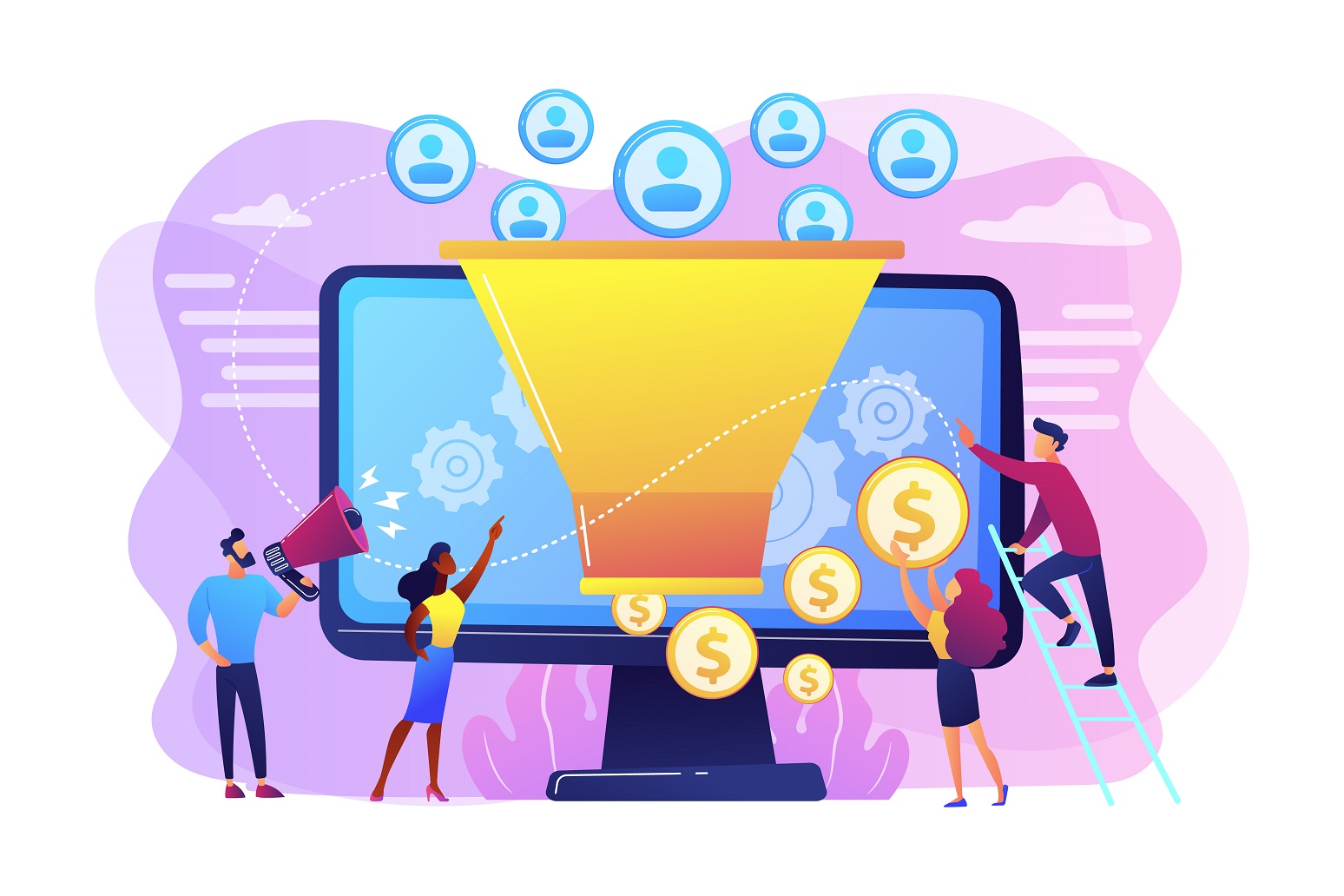We’ll go through ten crucial areas of knowledge and chances in digital marketing that you might want to seize (as you plan for the months and years ahead).
1. Understanding Your Digital Presence – All Of It
You do have power over the media you own. Considering that you individually created these articles, listings, profiles, websites, and other things.
And you should be aware of the times and locations where paid web advertisements for your brand are displayed.
However, earned media might provide challenges. If you aren’t actively keeping an eye out for brand mentions, relevant social media posts, online reviews, and inbound links, are you really aware of your entire online presence?
Earned doesn’t only apply to items you toiled long and hard to obtain. With the help of social listening, search insights, and reputation tracking, you can evaluate and keep an eye on your entire online presence.
2. The Fundamentals Of How Search Engines Work
SEO has transformed from a straightforward digital marketing channel to the centre of the company’s business intelligence.
By having a thorough understanding of how search engines work, you and your team will be better able to optimise content for discovery and have a deeper awareness of how people search, learn, and consume content.
Understanding the nuances of search engine crawling and indexing will help you arrange websites and pages for maximum visibility.
Understanding how search algorithms rank content and what the algorithm cannot do can help you optimise your content more effectively and react quicker to issues when your analytics point them out.
Keep in mind that there are other search engines besides Google.
3. Digital User Experience And Customer Journeys
It may have worked in Field of Dreams, but the phrase “build it and they will come” doesn’t apply to digital marketing.
You must possess a profound, meaningful awareness of your target audience’s characteristics and the problems you solve for them in order to be successful in drawing them in.
Google is aware of this, which is why its algorithm improvements are more concentrated on enhancing user experiences online and reducing friction for every consumer.
The modern consumer is aware that the privacy compromise involved in online tracking is a trade-off. They anticipate receiving unique experiences in return.
Customers demand seamless interactions and experiences throughout devices, sessions, and platforms.
Going ahead, it will be standard practise to take a comprehensive view of the client lifecycle.
4. The Fundamentals Of Competitor Analysis
In the online age, competitors could not be what you think they are because the art and science of rival analysis are evolving all the time.
Companies who provide comparable products and services to yours compete with you for “airtime.”
Businesses must, however, compete with media outlets, social networks and forums, map pack business listings, video and photo assets, and more in today’s more complicated and diverse search results.
Additionally, there are an increasing number of potential touchpoints for competitors, such as augmented reality in real-world situations, influencer marketing, geofenced push alerts, podcast and video advertisements, and push notifications.
You need to be fully aware of who and how your consumers are communicating with you. Not in order to mimic their actions; that is not how you differentiate yourself.
Competitor analysis can help determine how much money to allocate to the types of content, ad networks, and marketing initiatives that will keep your brand in the public eye and in front of the pack across all imaginable channels.
5. Content And Digital Marketing
The effectiveness of marketing depends heavily on content, hence businesses and advertising agencies are now developing their own content studios.
Two notable examples of this pattern are the recent purchases of Made Thought by WPP and Brave Spark by MSQ.
You might not have enough money to buy or build an entire in-house studio. The size of your company and the scope of your content requirements will decide the best production strategy.
Some individuals choose to accomplish this by employing their own in-house writers, editors, videographers, photographers, and other creatives.
Others choose to augment their internal marketing teams with freelancers or agencies, or even to totally outsource production.
What matters most, not how it comes together, is that your brand has the employees, infrastructure, and resources in place to create and distribute high-quality content at the volume required by your audience.
6. Online Advertising
Although valuable organic search results that have accrued over time are crucial, most digital marketing strategies also contain some paid advertising.
There are many paid options available, such as display and SEM in addition to native ads, social media marketing, out-of-home (OOH), digital out-of-home (DOOH), and more.
You’ll benefit from knowing these online advertising fundamentals if:
Pricing schemes for paid media include CPM and CPC.
The media options and marketing tactics that are available in your sector.
There are many different types of creative for advertisements, including text and video.
technological advancements in advertising, including Smart Bidding.
Changes in customer behaviour and how they impact the amount and quality of data you have access to, as well as how they impact the messaging of advertisements.
All digital marketers, not only those who are directly responsible for campaign management, need to keep up with developments in the rapidly evolving paid advertising sector.
Gaining a deeper understanding of sponsored media may help CMOs who supervise strategy, SEO specialists, email marketers, content marketers, and others make better use of it to support and enhance various initiatives.
7. Social Media
Social networking is still a great tool for connecting with existing consumers and attracting new ones.
Although platform-specific business features vary, your brand should at the very least claim ownership of all visible profiles and listings. If you are less active on some channels, use the description or qualities to point prospects toward connecting on your more active channels.
The fact that customers may use the search functions on Twitter, LinkedIn, Facebook, and other social media platforms to find pertinent businesses is sometimes overlooked.
On social media, consumers want brands to be responsive and authentic. It’s possible that people read reviews on Facebook or other specialised social networks before converting, so keeping a look out for and responding to brand-new reviews is crucial.
Create workflows and permissions to allow social media front-line marketers to take part freely while upholding brand protections. Having clearly defined customer service and issue escalation methods accessible will help to ensure that every interaction is as fruitful and useful as feasible.
8. The Fundamentals Of Analytics
Many marketing teams learned the hard way during the Coronavirus outbreak the dangers of relying entirely on historical data to estimate future success.
It is essential to have access to real-time (or as close to real-time) analytics in a world where technological advancements, monetary and socioeconomic problems, and other factors can substantially affect the corporate environment.
Again, it’s a good thing that you could not be entirely aware on this topic. You don’t need to master Google Analytics 4 to use it for your business.
Instead, you should have a fundamental understanding of the available analytics platforms, the data sources that yield the most insightful information, and the categories of experts that can support your analytical operations the most effectively.
The second key element of digital marketing on our list, business intelligence, will be supported by your ability to build a team and select the appropriate technologies.
9. Activating Data As Business Intelligence
When client touchpoints increase in quantity and frequency, marketing leaders are finding that isolated point solutions don’t work as effectively as they once did.
Being able to access descriptive, diagnostic, predictive, and prescriptive analysis within of a single, user-friendly dashboard is what drives the insights and optimizations that actually matter.
Organizations must be able to look outside of themselves in order to discover new opportunities and money that is being left on the table. Consumer behaviour, competitive analysis, real-time search insights, and macroeconomic trends all have an impact on business decision-making.
Furthermore, given the current environment, it is essentially difficult to examine such data at any scale (much alone activate it via analysis).
We now move on to our last topic, intelligent automation.
10. Programmatic, Machine Learning, And Automation
Programmatic advertising spending is anticipated to reach $100 billion in 2022. Automated media buying is not new, but it is expanding quickly.
As we progress beyond predictive analytics and suggested optimizations to really having technology assist in real-time content personalization, machine learning and artificial intelligence are making organic media more fascinating.
Customers and brands are developing closer relationships thanks to AR/VR, which also offers more seamless, immersive experiences.
In fact, the metaverse, that untapped virtual cosmos where we’ll be able to bring aspects of our physical world, is about to become widely adopted. Although the consequences for marketing are not yet clear, the excitement is real.
You’ll benefit from staying up to date on new digital marketing technologies whether your company uses intelligent automation in its business processes, uses programmatic to increase ad targeting and ROI, or seeks to build a brand-new virtual world for customers.






